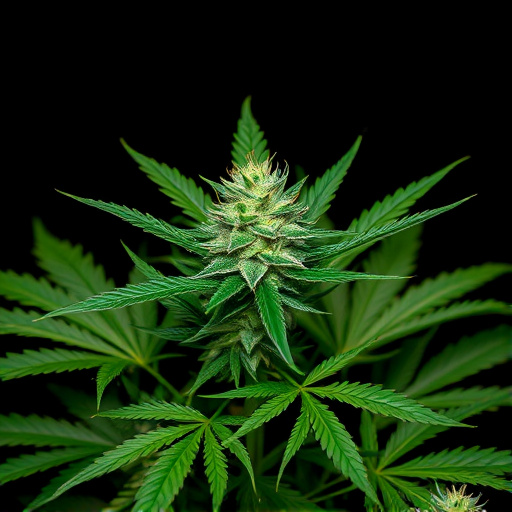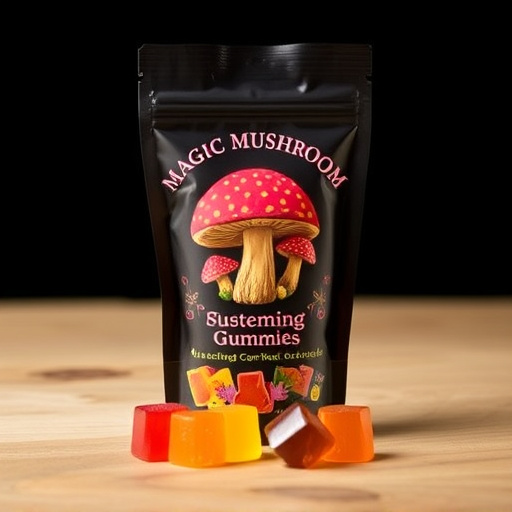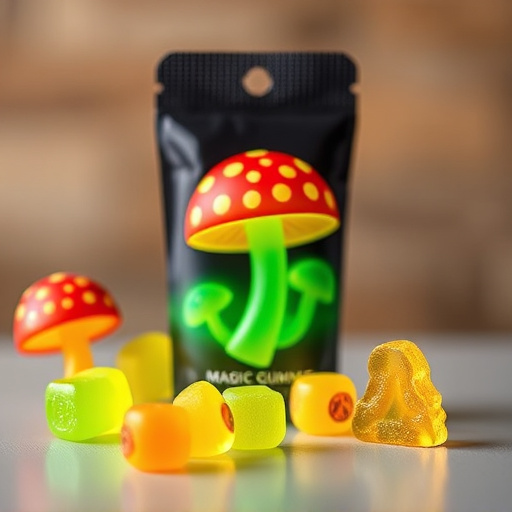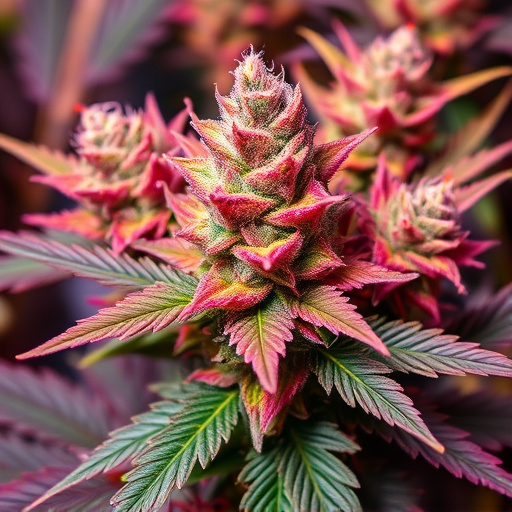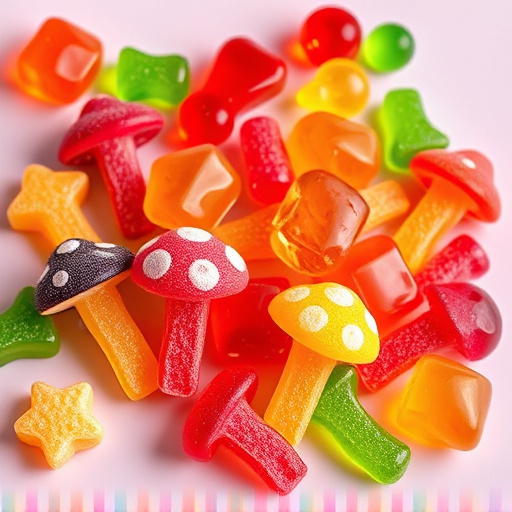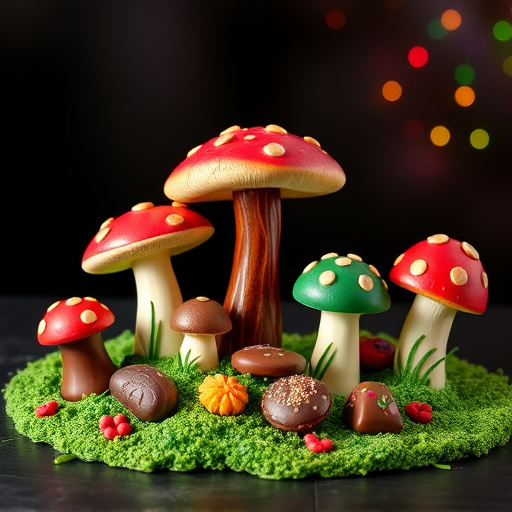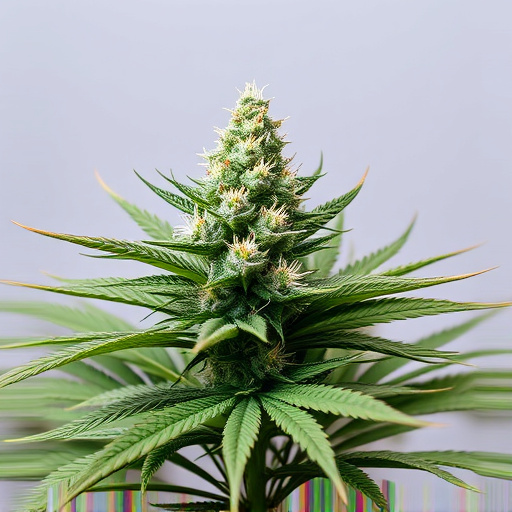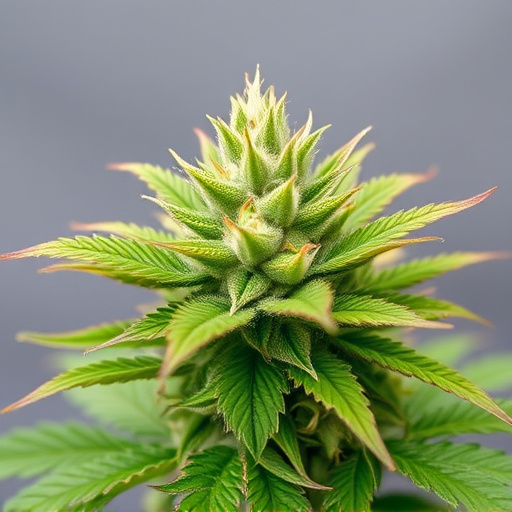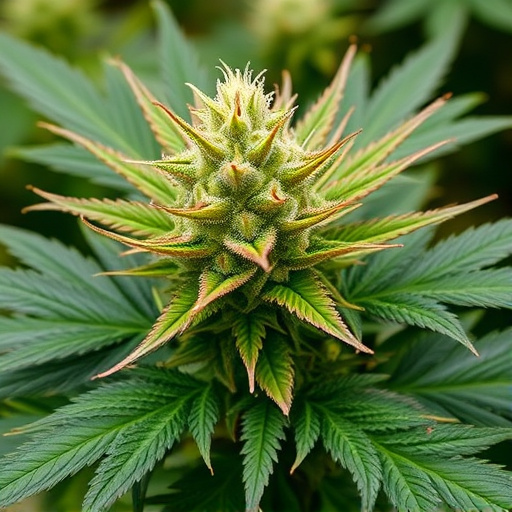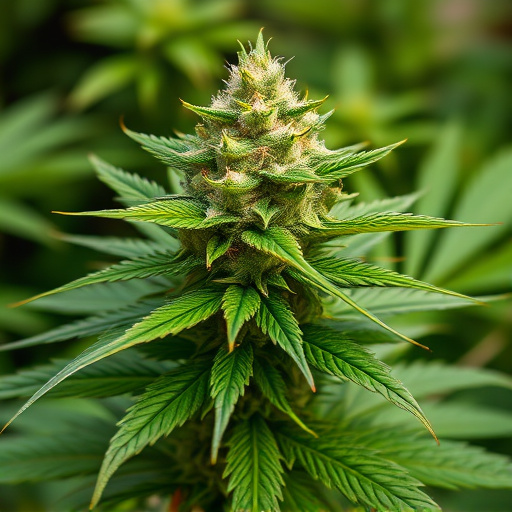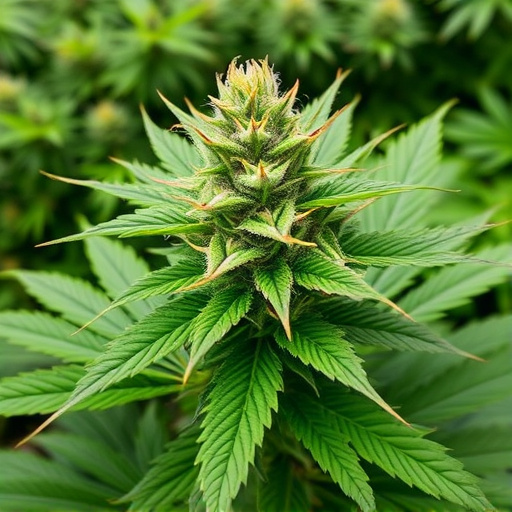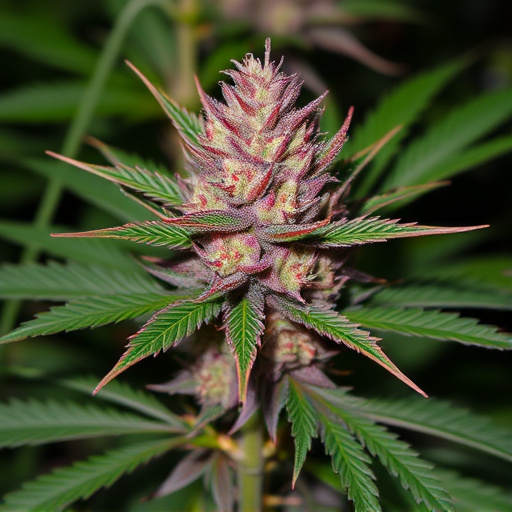Hawaiian cannabis strains thrive in the region's warm climate, offering unique tropical flavors and high CBD profiles with continuous year-round harvests. However, outdoor growing faces challenges like weather and pests. Indoor cultivation provides precise control over environmental conditions, optimizing growth for various Hawaiian cannabis strains using LED lighting, but comes with higher energy costs and odor management issues. Sun-grown plants have robust physiques and extended flowering periods, while indoor cultivation increases THC concentrations and produces more uniform, high-potency flowers. Despite lower yields per plant, indoor methods are appealing for premium Hawaiian cannabis strains due to consistent quality and desired terpene profiles.
“Explore the vibrant world of cannabis cultivation with our comprehensive guide on sun-grown versus indoor Hawaiian cannabis strains. Discover the unique benefits and challenges of each method, from the natural sunlight-kissed delights of sun-grown plants to the meticulous precision of indoor cultivation.
Uncover how these growing techniques impact quality, yield, and flavor, shaping the experiences of both cultivators and consumers. Dive into this comparison to become an informed advocate for Hawaii’s thriving cannabis landscape.”
- Sun-Grown Hawaiian Cannabis Strains: Benefits and Challenges
- Indoor Cultivation: Advantages and Potential Drawbacks
- Comparing Sun-Grown vs. Indoor: Which is Better for Quality and Yield?
Sun-Grown Hawaiian Cannabis Strains: Benefits and Challenges

Sun-Grown Hawaiian Cannabis Strains offer a unique set of benefits and challenges. One of their key advantages is the access to natural sunlight, which can enhance the development of robust, potent strains known for their distinct tropical aromas and flavors. The warm, tropical climate in Hawaii allows these plants to flourish, often resulting in high CBD and terpene profiles that contribute to a range of therapeutic effects. Farmers can take advantage of the year-round growing conditions, enabling continuous harvests and ensuring a steady supply of premium hawaiian cannabis strains.
However, sun-grown methods also present certain difficulties. Hawaii’s climate, while ideal for cannabis cultivation, is susceptible to environmental factors like strong winds, heavy rainfall, and pests. Farmers must employ robust protection measures to safeguard their crops from these potential hazards. Additionally, outdoor growing means a longer growth cycle due to seasonal changes, which can be a challenge for those seeking consistent access to mature hawaiian cannabis strains throughout the year.
Indoor Cultivation: Advantages and Potential Drawbacks
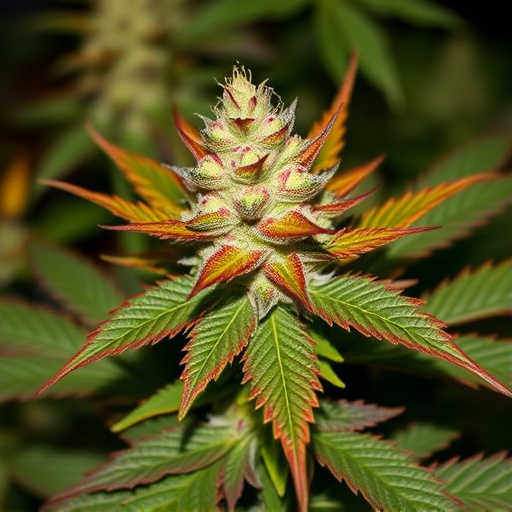
Indoor cultivation of cannabis has gained significant traction, especially in regions where outdoor growing isn’t feasible due to climate or legal restrictions. This method offers several advantages for growers and cultivators. Firstly, indoor setups allow precise control over environmental factors like temperature, humidity, and lighting cycles, enabling optimal growing conditions tailored to specific Hawaiian cannabis strains. Advanced LED lighting systems can mimic natural sunlight, promoting robust plant growth. Additionally, indoor farming reduces exposure to pests, diseases, and harsh weather, leading to higher yields and consistent quality.
However, there are potential drawbacks. One significant challenge is the high energy consumption associated with artificial lighting and climate control systems, which can increase operational costs. Furthermore, indoor cultivation may result in smaller plant sizes compared to sun-grown varieties due to restricted space and limited vertical growth. Proper ventilation is crucial to prevent stagnant air, which can lead to odor issues and increased risk of fungal infections. Regular monitoring and maintenance are essential to ensure the health and productivity of the plants.
Comparing Sun-Grown vs. Indoor: Which is Better for Quality and Yield?

When comparing sun-grown and indoor cannabis, quality and yield are key factors to consider for growers and consumers alike. Hawaiian cannabis strains, known for their unique terps and potent effects, can reach remarkable potential in both environments, but they express different characteristics. Sun-grown cannabis benefits from natural sunlight, leading to often more robust plants with higher levels of CBD and lower THC. These outdoor-grown plants tend to have a longer flowering period but yield larger bud sizes. On the other hand, indoor growing offers precise control over environmental factors like light spectrum, temperature, and humidity. This allows growers to optimize conditions for specific strain traits, potentially increasing THC levels and creating more uniform, high-potency flowers. While indoor cultivation may result in smaller yields per plant, it can produce a more consistent product with desirable terpene profiles, making it attractive for premium Hawaiian cannabis strains.
In the debate between sun-grown and indoor cannabis cultivation, both methods offer unique advantages and considerations. Hawaiian cannabis strains, renowned for their diverse benefits, face challenges in outdoor settings due to climate and environmental factors. Indoor growing provides control over these variables but may come with potential drawbacks like increased energy costs and space limitations. When comparing the two, the ideal choice depends on specific cultivation goals, whether prioritizing quality, yield, or addressing logistical constraints. Understanding these pros and cons is key to making informed decisions in the cannabis industry.
